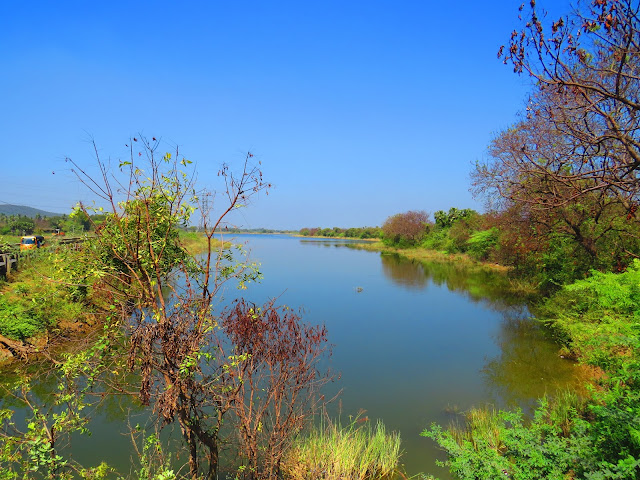Eendhamukkal Jwalambal

When there was some fear of invasion, an Amman (Mother Goddess) icon was shifted from a village named Eendhamukkalooru near Nellore to Perungalathur, the southern outskirts of Chennai. Thus, the Goddess got a temple in her new location in the 19th century CE. Facing the ancient Agasteeswara temple, this temple of the village deity is famous in this locality and a large one. In the main sanctum, the decapitated head of the Goddess is enshrined. As per the tradition, the icon was created from holy fire. Hence, she is named Jwalambal. As she belonged to Eendhamukkalooru originally, she is called Eendhamukkal Jwalambal. Besides, there is another Goddess too in the same sanctum. She is found in the sitting posture, and she has four arms. A five hooded serpent is forming an umbrella above her head. It is a new icon. The bronze icons are kept in a sub-shrine in the Maha Mandapa. The Mukha Mandapa has a pillar with many interesting sculptures. The ceiling has carvings of...





